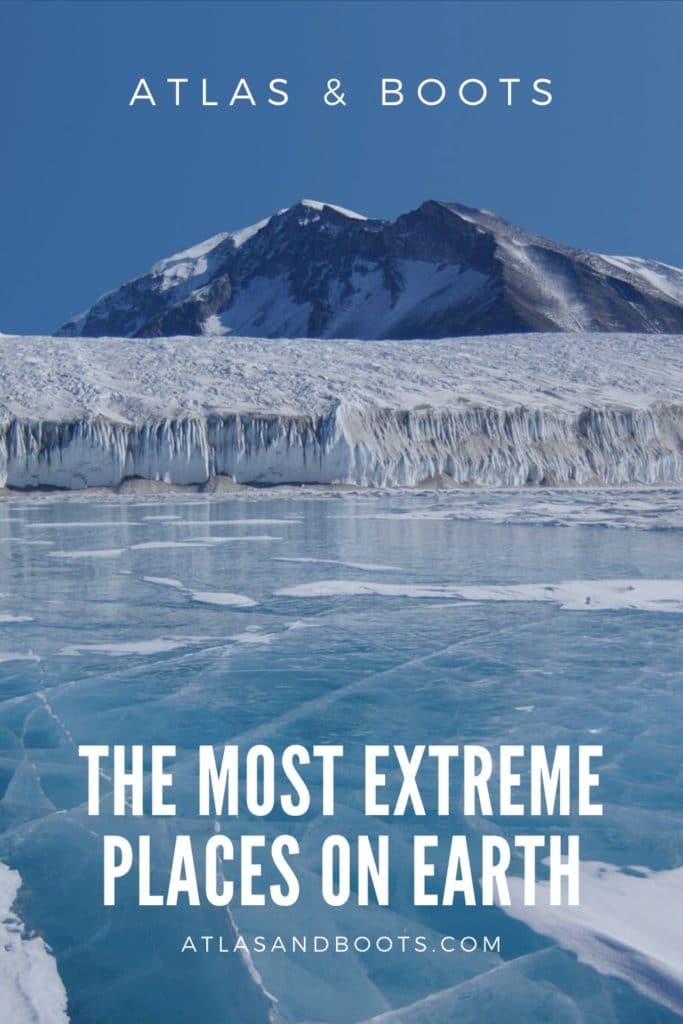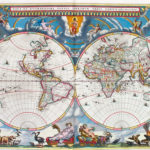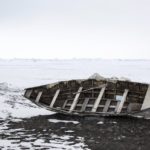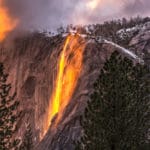We explore the most extreme places on Earth. Crazy destinations where humans find ways to exist in harsh and hostile environments
I’ve always been fascinated by tough environments and particularly by the explorers who have braved them. When researching the most remote places on Earth I came across several extreme environments that simply were not designed for human inhabitation or travel.
However, we humans are a race of perseverance and often find ways to exist in these harsh and hostile lands. Here are just a few of the most extreme places on Earth.
Coldest place on Earth
Soviet Vostok Station, Antarctica
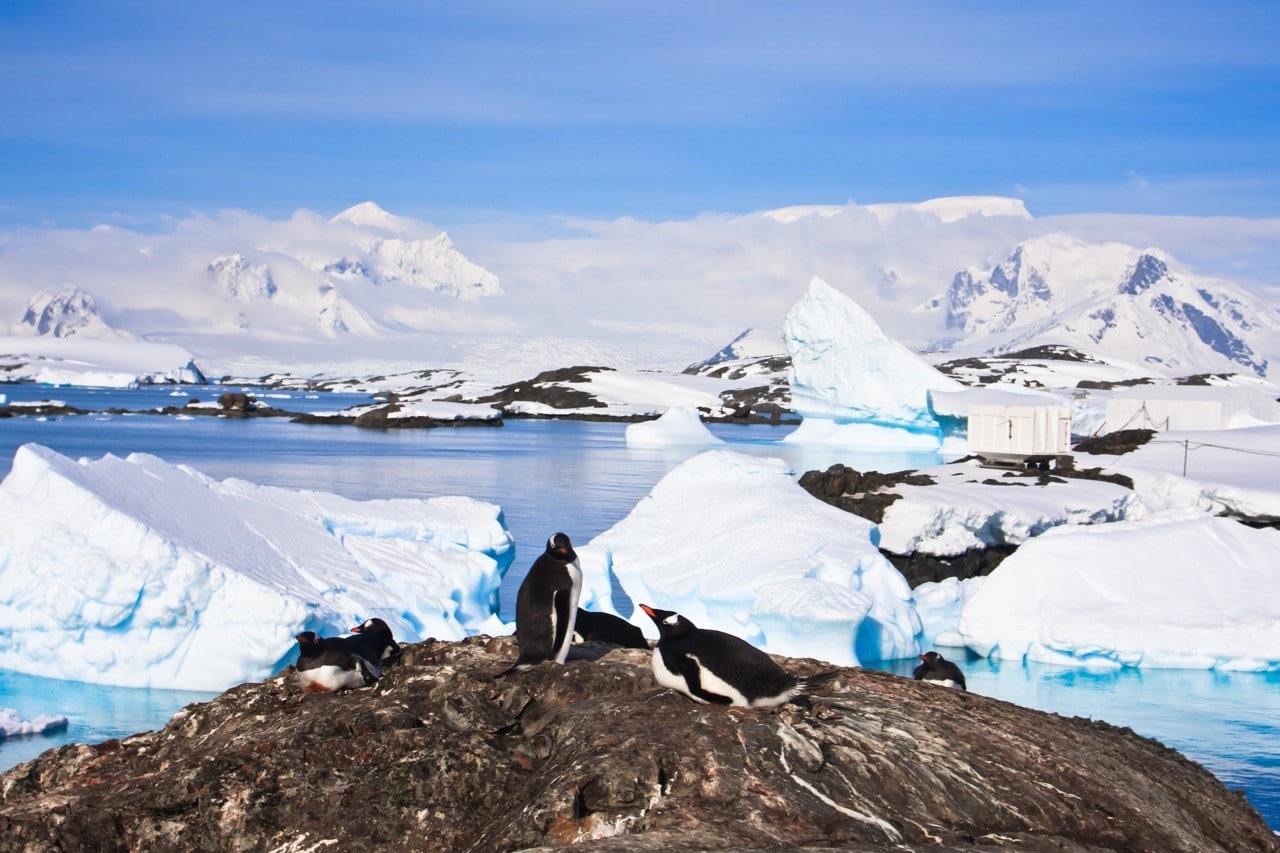
On 21 July 1983, researchers at the Soviet Antarctic station recorded the lowest natural temperature ever at ground level of -89.2 °C (-128.6 °F). Satellite data also suggests that Antarctica (where else?) dropped as low as -93.2 °C (-135.8 °F) on 10 August 2010 − however, this was never confirmed on the ground.
The research station is one of the most isolated on the Antarctic continent and typically houses 25 scientists year round.
Hottest place on Earth
Furnace Creek, Death Valley, California, USA
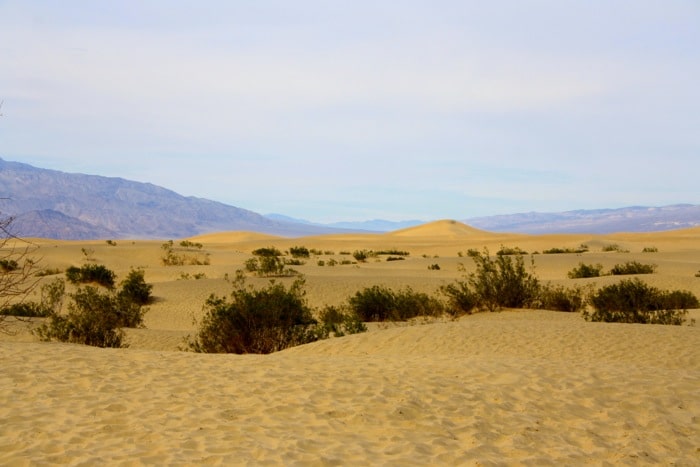
The name says it all really, doesn’t it? A ground temperature of 93.9 °C (201 °F) was recorded here on 15 July 1972. That’s like just below boiling point, right? The words ‘furnace’ and ‘death’ are apt names for any place that gets anywhere near that temperature.
Despite this, the national park is now a tourist destination that houses a visitor centre and numerous hiking trails. To think I drove through there without the AC on just a few weeks ago…
Wettest place on Earth
Mawsynram, Meghalaya, India
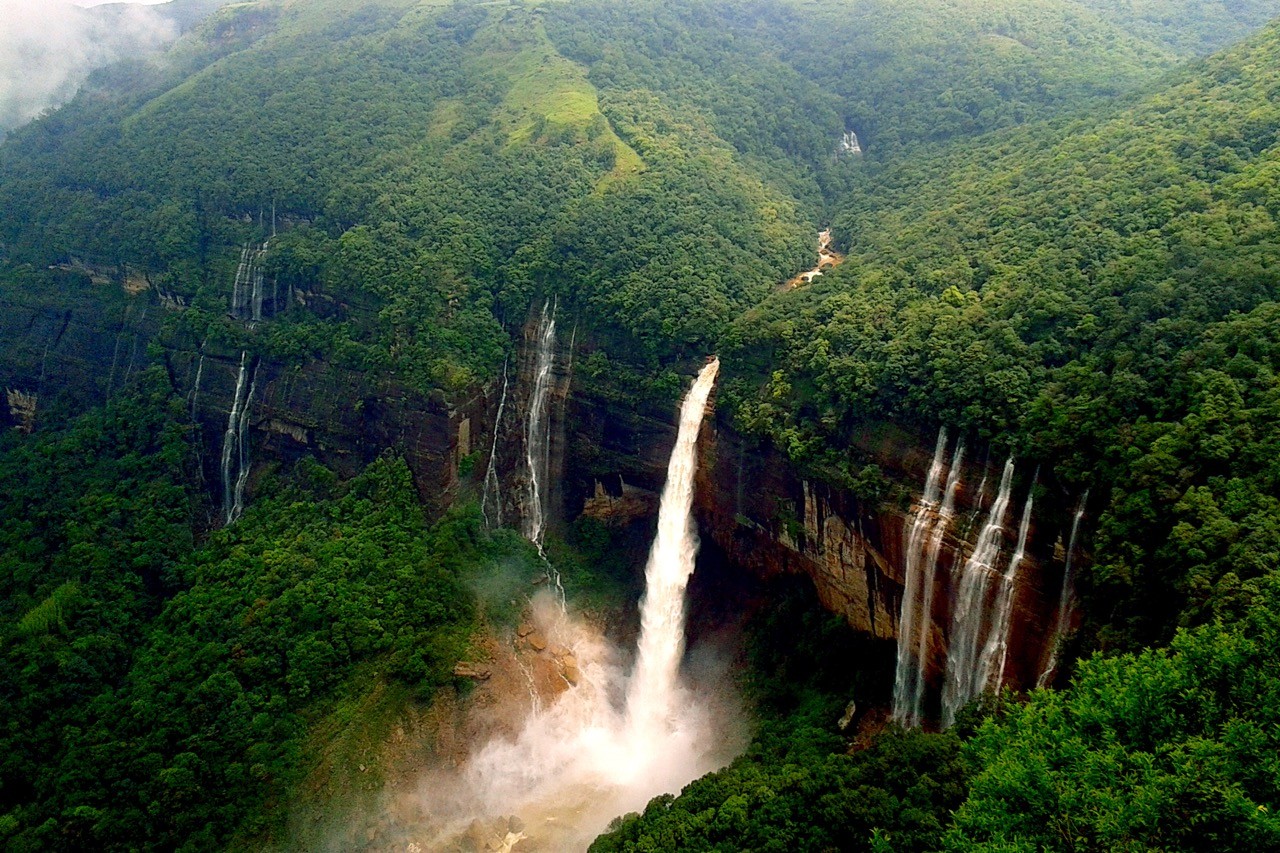
Quite frankly, I can’t believe it’s not London. However, the village of Mawsynram receives 467 inches (11.86 metres) of rain per year. Mawsynram is in India but thanks to the proximity of Bangladesh’s floodplains and the air currents endlessly gathering moisture above them, Mawsynram “enjoys” near constant rain. Does sound a bit like London albeit with a much smaller population: 1,337.
Driest place on Earth
Atacama Desert, Chile, Peru, Bolivia and Argentina
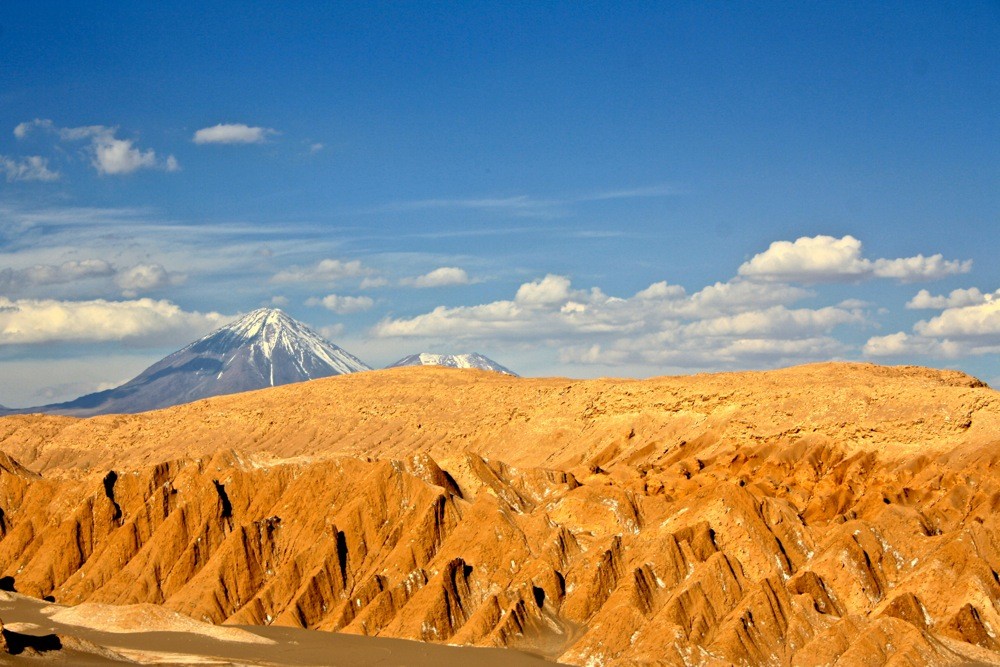
This place is regularly compared to Mars. NASA even duplicated the tests they conduct on Mars and discovered that parts of the Atacama “missed present signs of life in soil samples” making it essentially alien. The Atacama stretches across 105,000 square kilometres (41,000 square miles) of South America and occupies parts of four countries.
The average rainfall is about 15 millimeters (0.59 inches) per year meaning there is an almost total lack of precipitation in many areas of the desert. Unsurprisingly, the desert is one the most sparsely populated areas on the planet.
Coldest inhabited place on Earth
Oymyakon, Russia
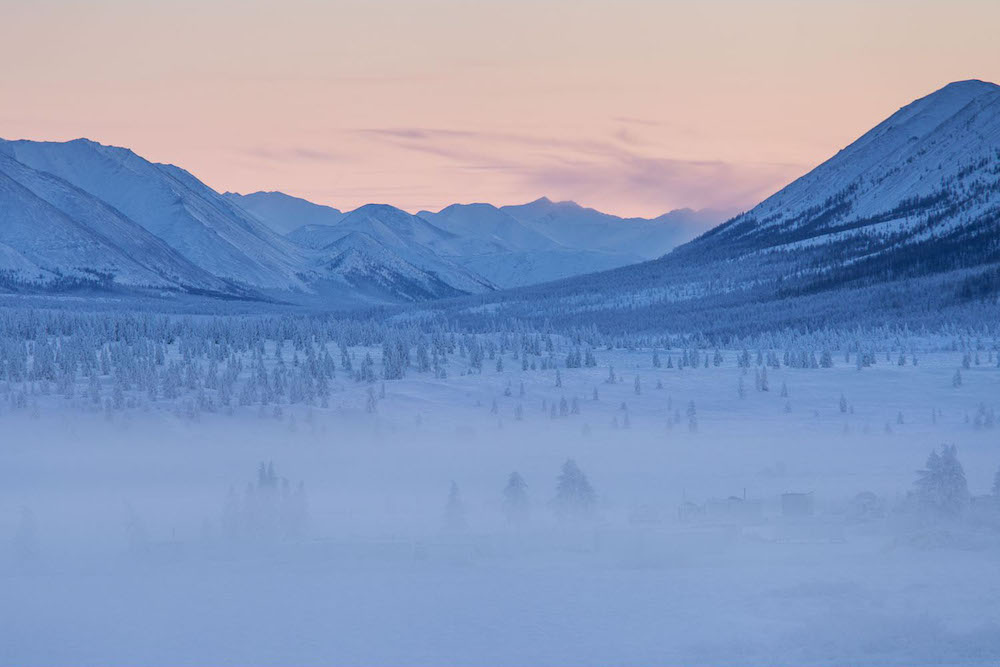
The 500 people who live here experience days ranging from 3 hours in December to 21 hours in June thanks to its northerly position. In 1933, the temperature dropped to -67.7 °C (-90 °F) putting in contention for the coldest place on Earth (full stop) for a while.
The climate is brutal, regularly cutting off the town from the rest of Russia, making Oymyakon one of the most remote places on Earth as well.
Hottest inhabited place on Earth
Dallol, Ethiopia
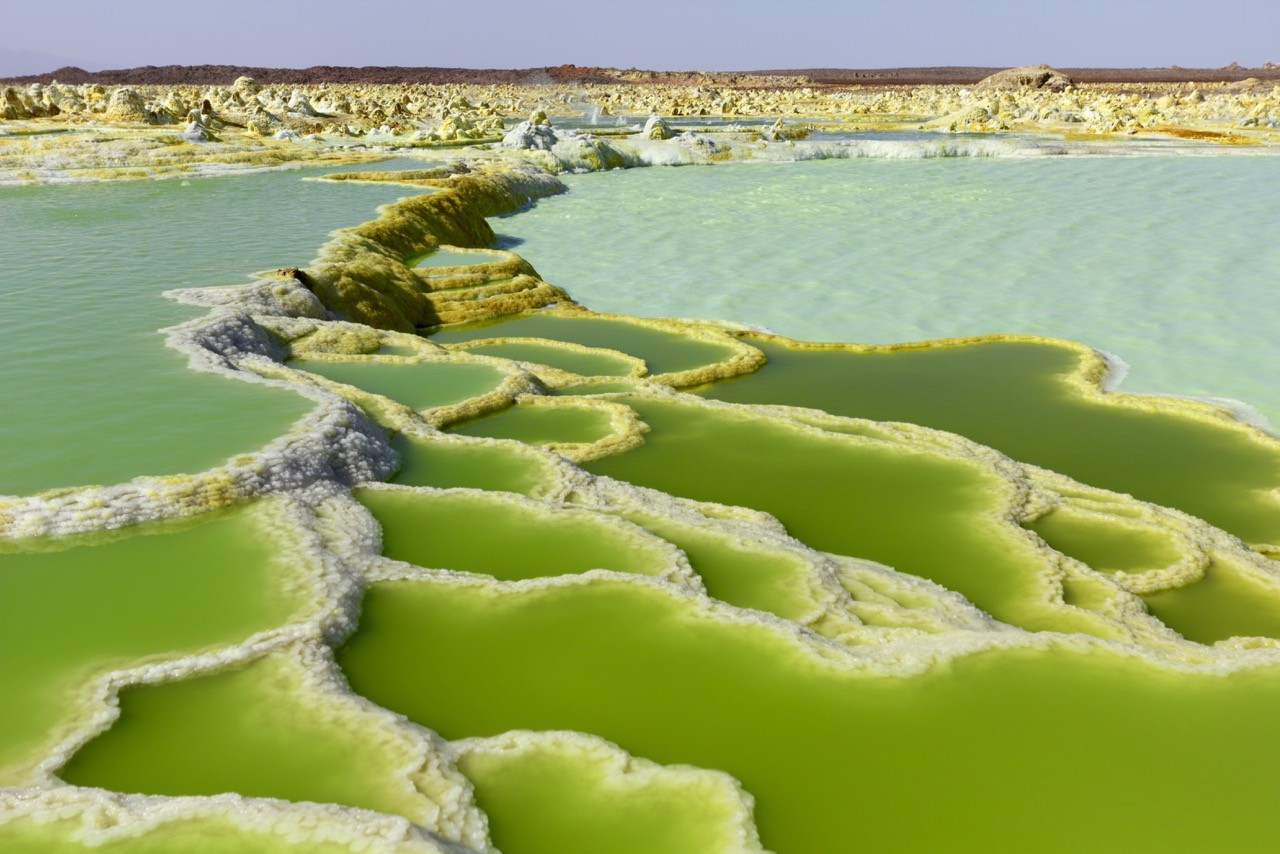
In another part of the world in another time Dallol may well have been a popular tourism destination considering it boasted an average daily maximum temperature of 41.1 °C (106.0 °F) between 1960 to 1966.
Unfortunately, temperatures like that do nothing to aid a country suffering from terminal droughts and famines. There’s no estimate for the local population here, which is kind of expected due to its remoteness and also that it’s 130m (-430ft) below sea level.
Greatest purely vertical drop on Earth
Mount Thor, Auyuittuq National Park, Baffin Island, Nunavut, Canada
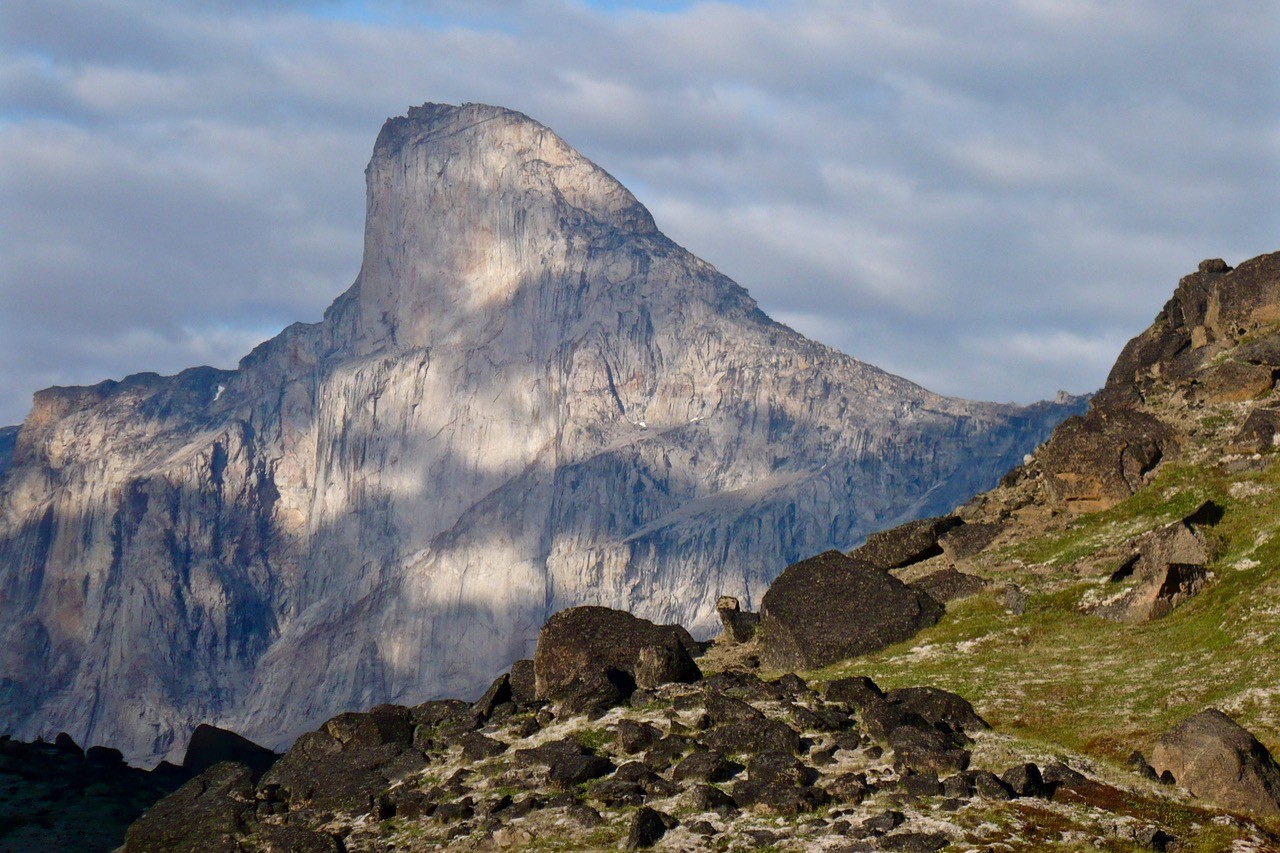
It would take about 36 seconds for a 170 lb (77kg) person to fall the 1,250 m (4,101 ft) from the cliff face 400 metres below the summit of Mount Thor. The overhanging cliff slopes at an average angle of 15 degrees from vertical, meaning if you were unlucky enough to fall, you wouldn’t hit a thing until you hit the bottom.
Erm, good? Regardless, it still proves a popular spot for climbing and mountaineering.
Most dangerous place on Earth
This is a difficult ‘accolade’ to measure considering all the different factors. However, Afghanistan and Syria have repeatedly been named the most dangerous countries in the world according to the Global Peace Index (GPI) report.
Additionally, the city of San Pedro Sula in Honduras holds the mantle as the world’s most dangerous city with 1,319 people murdered in 2014 and a murder rate of 171.20 homicides per 100,000 inhabitants.
On a broader scale, Honduras also tops the table internationally with 7,172 murders in 2012 at a rate of 90.4 per 100,000 inhabitants. Grim figures indeed.
Safest place on Earth
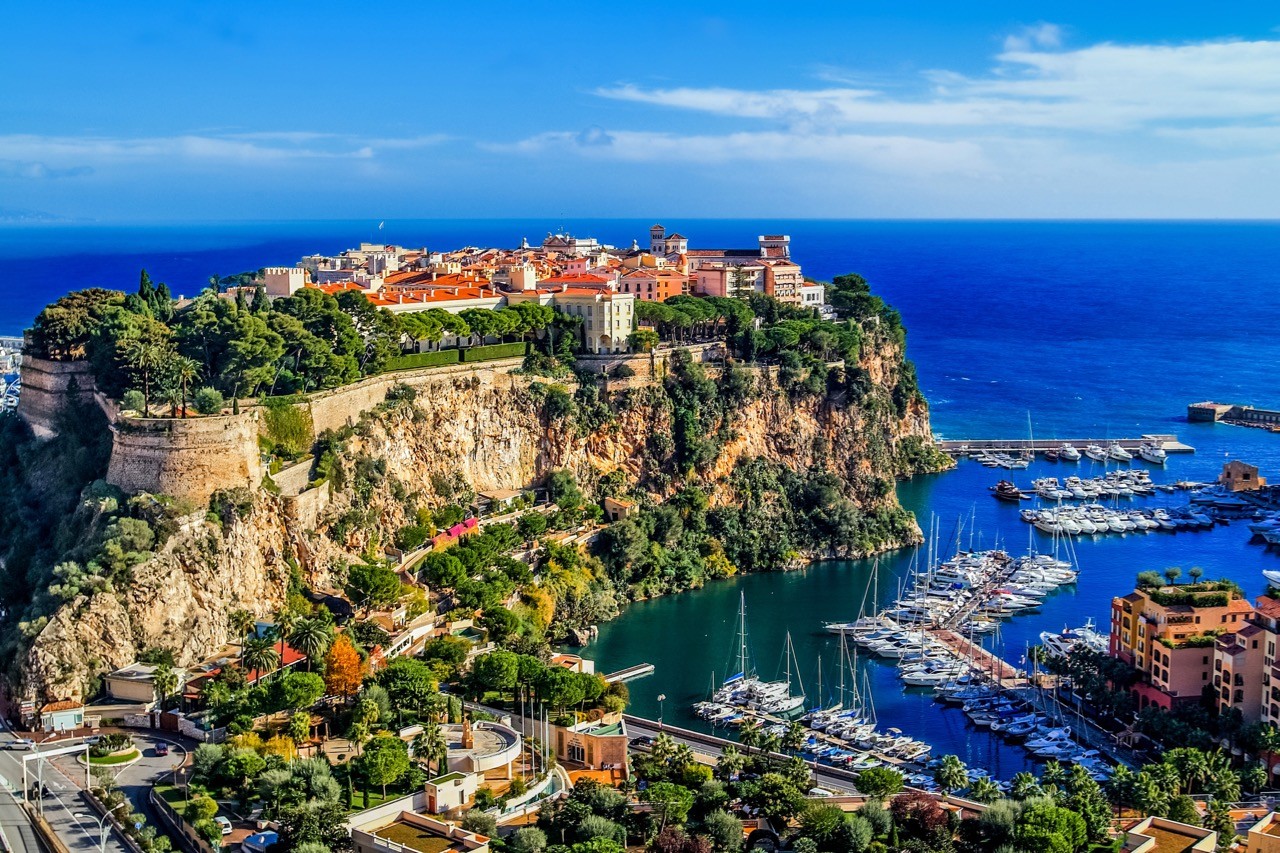
At the other end of the spectrum are the safest places on Earth, which unsurprisingly are also among the most expensive. Monaco and Liechtenstein (both in Europe) have both recorded zero murder rates in recent years.
Both are developed countries with strong healthcare and medical systems in place and neither are in immediate danger of natural disasters. Alright for some, isn’t it? And by some I mean movie stars, playboys and Formula 1 drivers.
Other extreme places on Earth
Deepest cave on Earth
Voronya Cave, Arabika Massif, Georgia at 2,193m (7,195ft)
Deepest reached oceanic depth
Challenger Deep, Mariana Trench reached 10,971m (35,994ft)
Deepest ice on Earth
Bentley Subglacial Trench, Antarctica at -2,555m (-8,383ft)
Northernmost point on land
Kaffeklubben Island, east of Greenland
Southernmost point on land
The geographic South Pole, Antarctica
Highest place on Earth
Mount Everest, China-Nepal border at 8,848m (29,029ft)
Lowest place on Earth
Dead Sea shore, Israel, West Bank, Jordan at -424m (-1,391ft) below sea level
